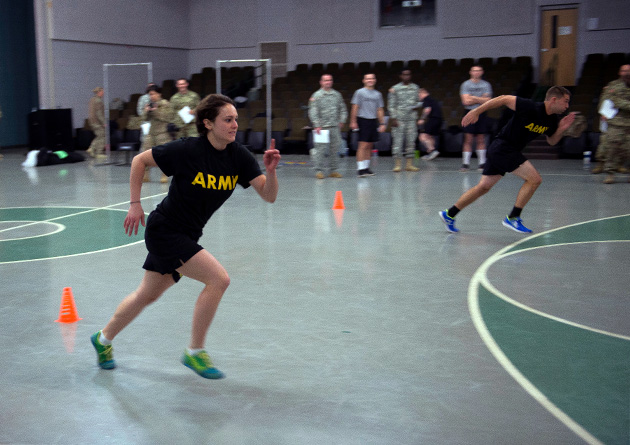The International Physical Fitness Test (IPFT) is a battery of tests developed with the cooperation between The United States Sports Academy and the Supreme Council for Youth and Sports. The test manual is based on norms collected on Arab youth aged 9 to 19, and has been adopted by more than 21 nations throughout the years.
The test was first introduced in 1977 as a two-day test battery, made up of the 50-meter sprint, standing long jump, grip strength, 1000-meter run, 30-second sit-up, pull-up, 10-meter shuttle run, and trunk flexion. A year later, after evaluation of the test procedures and results, the battery was changed from a two-day to a one-day test for purposes of efficiency and because it was found that their second-day performances were affected after testing in the heat of the Middle East. The test battery was also reduced from eight to five components, which better reflected those fitness components needed in sport, and eliminated costly equipment such as the hand dynamometer.
The five fitness tests decided upon were the 50-meter sprint test for measuring speed and acceleration, the Pull-up for relative strength, the 10-meter shuttle run for measuring relative power, speed and suppleness, the Back throw, as a measure of power, and the 1,000-meter run for aerobic fitness. Since then, the battery has again been modified, replacing the pull-up with the flexed-arm hang based on data that had been collected.
 army fitness testing
army fitness testingThe current test battery measures the basic components of physical activity - speed, strength, suppleness and stamina. In addition to measurements of height and weight, the fitness test battery is as follows:
Alternate test
Supplementary Tests
- Body composition (using the sum of tricep & subscap skinfolds)
- Grip Strength
Related Pages
- More about Fitness Testing Children.
- Poll: What age is appropriate to start fitness testing children?


 Current Events
Current Events